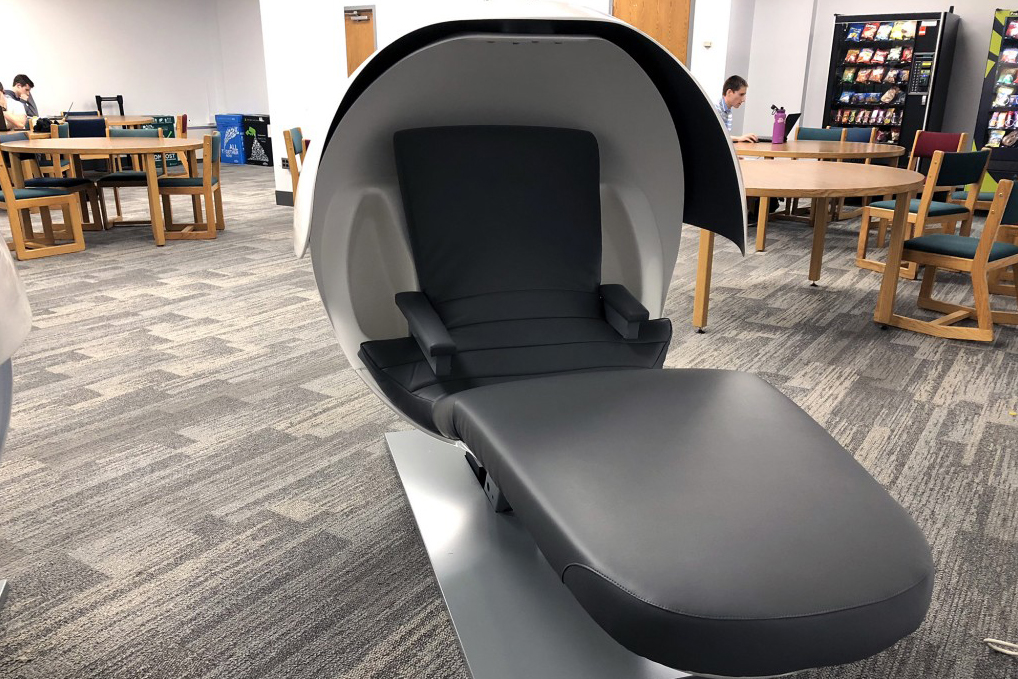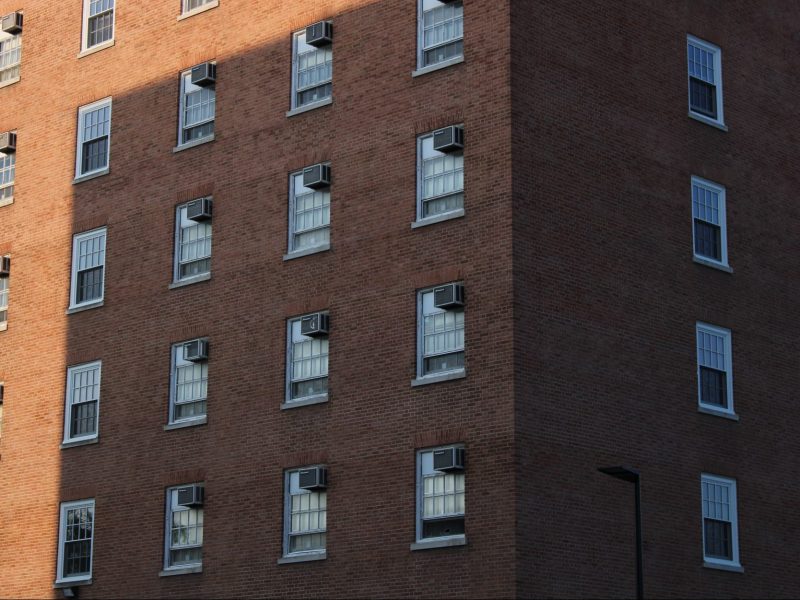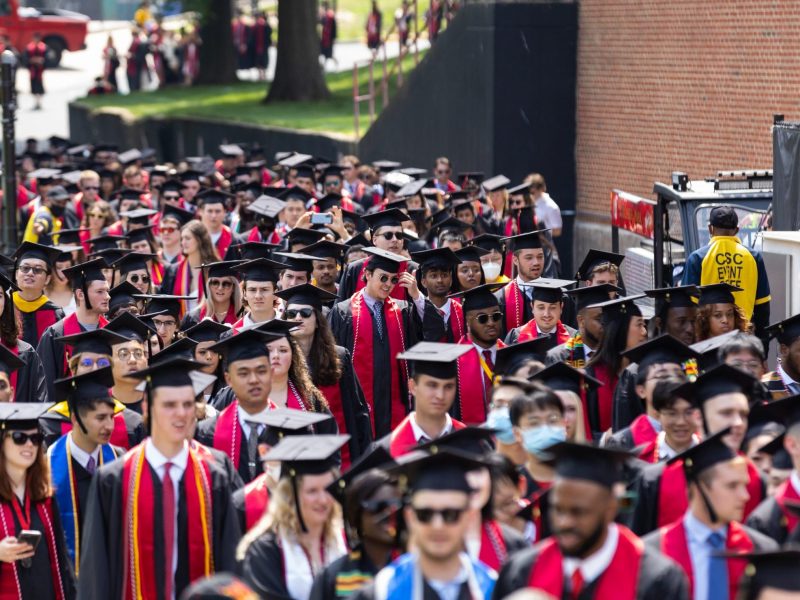Views expressed in opinion columns are the authors’ own.
After an eternity of waiting, an uncertain promise made 10 months ago was recently fulfilled. The University of Maryland now features napping pods, each of which “houses a reclining chair, a movable privacy visor, a 20-minute timer, a light that mimics sunrise at the end of a nap and speakers that play music when a nap begins and ends,” according to The Diamondback.
There are undoubtedly problems with the napping pods. They’re expensive. Dropping $22,000 on glorified chairs may not have seemed like the most prudent expenditure of university funds while, at the same time bus lines were being cut. However, funding for the napping pods came from a funding pool called the Student Facilities Fund. Every student pays around $9 per semester into this fund as part of their mandatory fees. Currently, the fund has about $3 million dormant in the account, with only a couple hundred thousand allocated to this semester. The money for these expenditures is there.
Additionally, at a cursory glance, the napping pods seem extremely unsanitary. Imagine a hot day where sweaty backs under heavy backpacks lay within the napping pods, leaving a grimy residue for the next napper. This issue has a straightforward solution, however; there just need to be wet wipes at hand next to the pods. It should be common courtesy to wipe the seats after use, as we would with gym equipment.
The 20-minute timer may also turn people off to the napping pods, and as someone who takes long naps, I can empathize. However, we long-nappers have to make the sacrifice of taking short naps for the benefit of everyone else. These pods are meant to be for napping and not sleeping, so the short timer may be inconvenient, but it beats having to lie down on an uncomfortable chair or slogging back to your room to refresh.
One final thing to consider is that this is a pilot program. This university is testing napping pods to see how well they serve students. University Library spokesman Eric Bartheld has said that if the program is successful, they will consider buying more.
The University of Manchester put napping pods on its campus in May 2015. Debbie Allan, the customer services manager of the University of Manchester, wrote in an email that the napping pod program is “very popular with 2,149 naps last year… [an] average of 9 naps per day… yearly nap minutes of 46,321. The number of naps seems to be spread quite evenly over the 7 day week, ranging from 17% naps on Thursdays to 10% naps on Sundays.“
Napping pods make students’ lives easier by giving them space to take short naps in a comfortable setting. However, McKeldin currently only has two pods, meaning there might be a waiting period to catch some Z’s.
There is an easy fix to this. If students use the napping pods enough to convince McKeldin that napping pods have a place on campus, it’ll consider increasing the number, as Bartheld explained. So to have future semesters of restful naps, you must start taking advantage of the napping pods now.
Gaurav Dahal is a junior biology and chemistry major. He can be reached at gauravdahal98@gmail.com.



